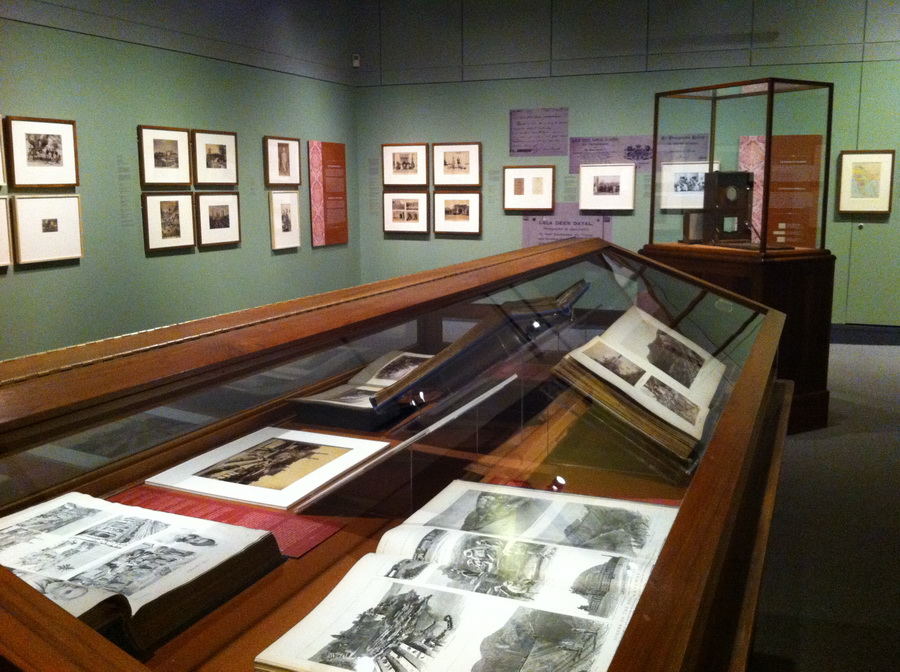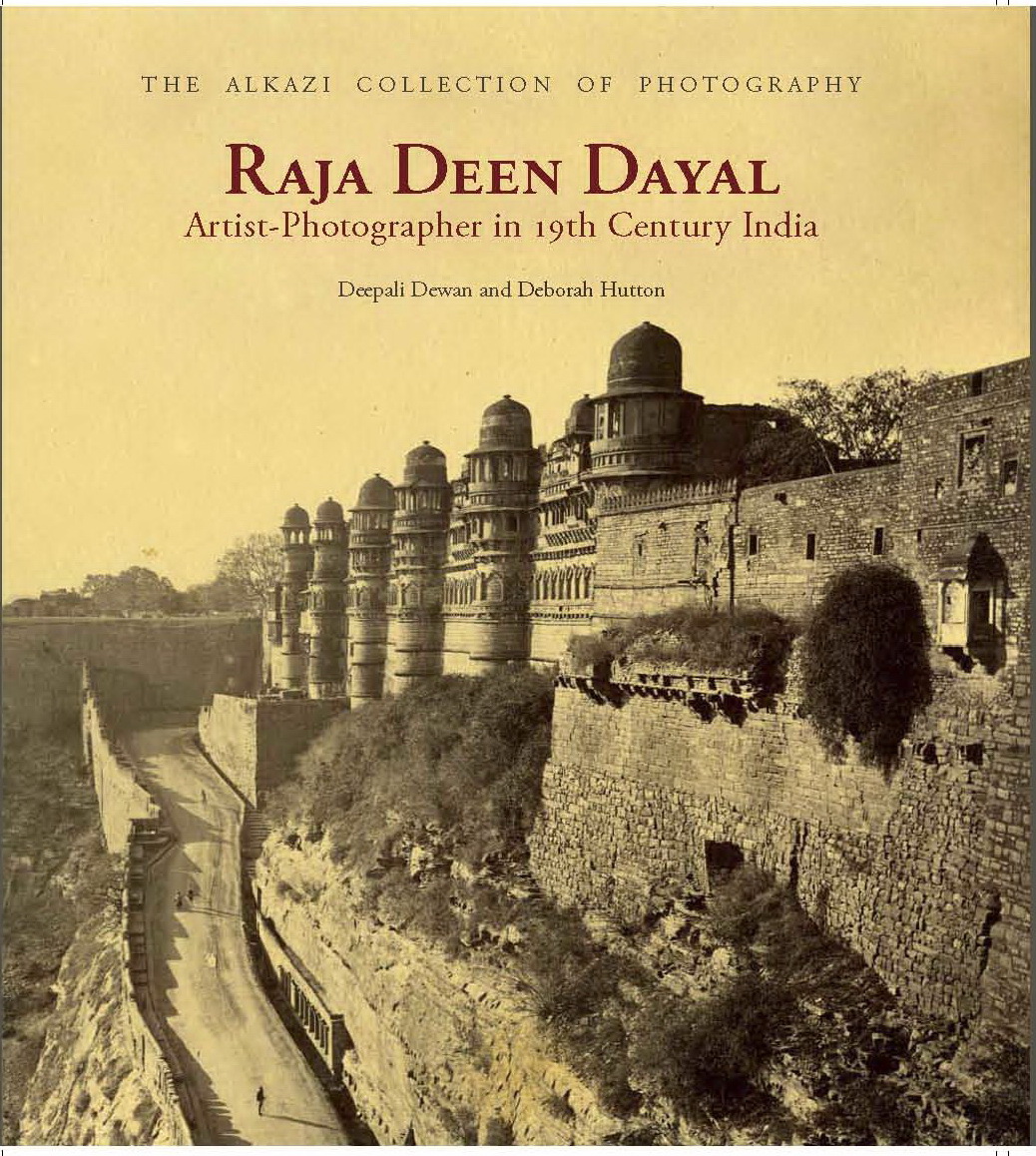ROM Exhibit: Between Princely India and the British Raj: The Photography of Raja Deen Dayal
Don’t miss the opportunity to see “Between Princely India and the British Raj: The Photography of Raja Deen Dayal," an original exhibit at the Royal Ontario Museum that closes in three weeks, on January 12, 2014. At that time, this rare collection of vintage photographs will be returned to the vaults housed in different corners of the globe.*

This exhibit features the work of one remarkable photographer who lived more than a hundred years ago when photography was still in its infancy. Raja Deen Dayal (1844-1905) was born, lived, and worked in present-day India. While never leaving the subcontinent, he achieved in quality and quantity a photographic production equal to his peers around the world.
Dayal's work makes us think about how photography has come to shape our relationships with ourself, each other, and the world around us.
![Tomb of Akbar’s Daughter, Secundra [Sikandra], 1886-1887, Abumen print, On loan from The Alkazi Collection of Photography, 2005.08.0003 Tomb of Akbar’s Daughter, Secundra [Sikandra], 1886-1887, Abumen print,](/sites/default/files/imce/fig2_0.jpg)
What is important about the prints on view—and why it is so important to see them in person—is that they are contact prints. Contact prints are made from a negative of the same size as the print. In this way, there is none of the distortion that comes with enlarging an image from a smaller negative—the most common method of printing photographs in the 20th century. Almost all of Dayal’s photographs on view are albumen prints made from glass-plate negatives. There is a level of clarity in them that most prints from digital photography today cannot achieve.

Dayal’s photographs record a pivital period in India’s history when parts of it were under British colonial control and other parts were independent kingdoms. Dayal's career began as surveyor in the British colonial administration but soon grew to include Viceroys and Maharajas as private clients. He opened three successful commercial studios in Indore, Secunderabad, and Bombay (Mumbai), had a staff of 50 employees, and produced more than 30,000 images. His images were used in India and abroad as documents, gifts, souvenirs, and in illustrated news magazines such as The Graphic and The Black and White.

This exhibit was inspired by a new book, Raja Deen Dayal: Arist-Photographer in 19th-Century India. It is available in the ROM Museum Store or on the publisher’s website.
* The Alkazi Collection of Photography (New Delhi, India), the Peabody Essex Museum (Salem, Massachusetts, USA), Robarts Library, University of Toronto (Toronto, Ontario), the Clark and Joan Worswick Collection (New York, USA).
